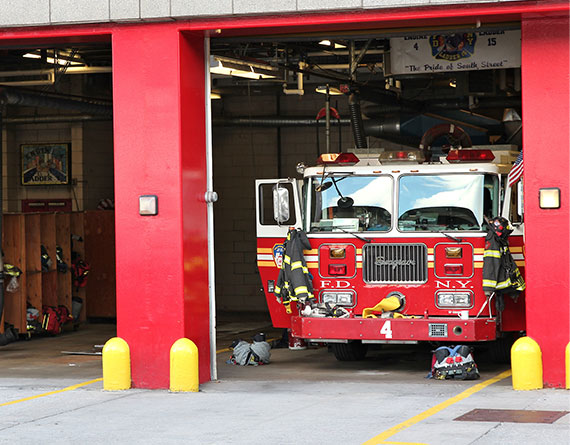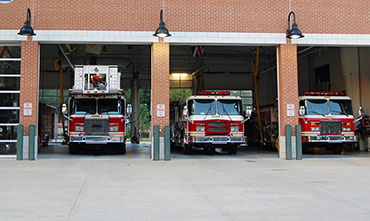
Carbon monoxide poisoning can result from faulty ovens or other heating appliances, portable generators, water heaters, clothes dryers, or cars left running in garages. Children must never be left unattended in a vehicle, especially while it is running. Children under the age of 8 must be properly secured in a car seat or booster seat.
Things you should be aware of that you must NOT DO:
The following is a list of things you SHOULD DO as part of good practice around the home:
Use the extinguisher from a protected separation, then painstakingly move towards the fire. Once the fire is out, watch out for the range in the event that it re-touches off. Simply pull, squeeze, and sweep, in order to use.
Try not to run. Running sustains oxygen to the fire which exacerbates it. Drop quickly to the floor. Cover your face with your hands and roll over again and again to put out the fire.
Be very careful if you go into your home and if you touch any fire-damaged items. Ask the advice of the fire department, local building official, your insurance agent, and restoration specialist before starting to clean or make repairs.
You will find that things the fire did not burn are now ruined by smoke and water used to put out the fire. Anything you wanted to save or re-use will need to be carefully cleaned. The firefighters may have cut holes in the walls or floors of the building to look for any hidden flames. They may have also cut holes in the roof to let out the heat and smoke.
Read moreA wide range of vocational colleges or even 4 year universities can be chosen for a certificate, associate's degree, or perhaps a bachelor's degree in fire science in order to pursue a career as a firefighter. Most if not all of such programs are completely administered by the fire academies which are not only associated with the local fire department, but also to the school. During the course of the program, fire investigation methods are taught in detail.
In order to become a firefighter, a degree after high school isn't exactly necessary, however, having one certainly improves the opportunities for jobs and career advancement. The educational experience isn't taken much into consideration since most of the training occurs on the job. Clearance of three different tests namely physical, medical, and written is required before a candidate can be considered for a job. Even after getting hired, firefighters are required to go through vigorous physical training exercises before they are allowed to step into the field work. A certification of Emergency Medical Technicians (EMT) is a necessity.

Lastly, there is a wide range of accredited apprenticeships which are offered by a number of fire departments. The apprenticeship requires the students to enroll in a four-year program at an affiliated school in fire science that involved extensive practical training. Such apprenticeships are valuable for the students since they provide a paid experience.
Firefighters today not only suppress structure and wildland fires, but they perform a wide variety of rescue operations. These can range from vehicle extraction to water rescues. Firefighters also respond to all types of medical emergencies on a daily basis.